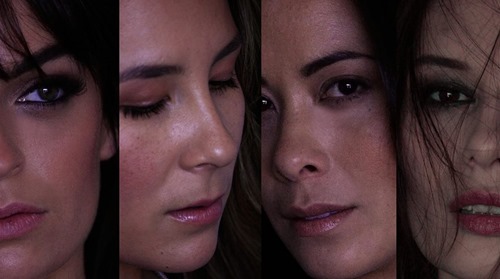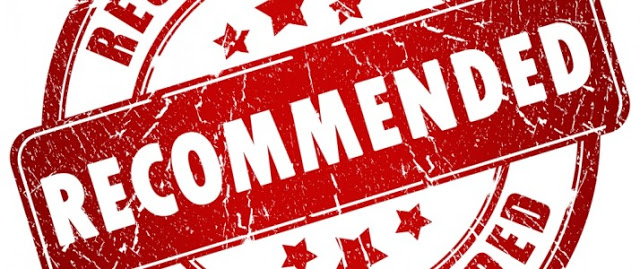Written by Katherine Murray.
In recent years, web series have emerged as a platform for LGBT stories – so much so that that Bitch magazine named 2014 the summer of lesbian web series. Just as technology has helped to democratize other forms of story-telling, the falling price of video and audio production, and free delivery platforms like YouTube, have created a world where content that would be a tough sell for network television can find a niche audience online. The crowd-funded Australian web-series Starting From… Now! provides a good example of how creators can connect with fans through content, despite their budget limitations.

In terms of niche markets online, Starting From… Now! falls somewhere in the romance > lesbian > angst > love triangle > PG-13 category. Its central character is Steph, a young graphic designer who moves to Sydney, Australia, and immediately falls in love with her friend’s long-term partner, Darcy. Believing that nothing can happen with Darcy, she soon starts dating a friend from work, placing herself in the corner of what will shortly be a love quadrangle where everyone gets hurt.
The first (and slowest) season hangs on whether or not Steph and Darcy will have an affair – no prizes for guessing that they will. Seasons two and three, though, focus on the fall-out from that decision, and the dynamics between the characters. It isn’t clear how much of an age difference exists between Steph and Darcy, but there’s a sense of realism in the way that Steph, the younger of the two, is convinced that she and Darcy are at the start of an epic love story, and the careless willingness she has to burn her bridges in pursuit of what she sees as the great, forbidden romance in her life. There’s also a sense of realism as we discover that Darcy, the older of the two, is in the middle of an identity crisis that has nothing to do with Steph, and that she might be using Steph as a way to escape from having to face conflict with her partner more directly. It starts to seem less like Steph is someone Darcy could fall in love with, and more like she’s a way for Darcy to implode her existing relationship, without having to end up alone.
Starting From… Now! is at its most interesting when it explores Darcy’s motivations for behaving the way she does, and when it forces Steph to face the consequences of being careless with other people’s feelings.
Partly supported by crowd-funding from viewers, the series now has 18 seven- to 10-minute episodes and over ten million views, with a fourth season in pre-production. Bitch Flicks had the chance to interview writer/director Julie Kalceff about the series, her plans for season four, and the character development we’ve seen so far.
What has the interaction with viewers and fans been like?
The interaction with fans has been amazing. It’s been one of the highlights of making the series. What’s surprised us is not only how passionate some of the fans become about some of the actions and choices of the characters, but also how much the series has meant to some audience members. We’ve received a number of messages saying how having access to lesbian content online has made them feel less alone.
How has releasing Starting From… Now! as a web series shaped the content of the show?
There’s a certain degree of freedom you have in making a web series that you don’t get when making a television show. You have far more creative control when making a web series. What you don’t have, however, is the budget of a television series. This means that a number of your choices are affected by the amount of time and money you have in regards to both production and post-production. We’ve worked hard to try and overcome these constraints. The goal from the start was to try and produce a quality show that still looks good, despite the budget constraints. If you have strong, complex characters and you build drama through the actions of those characters, then you have a chance of creating a compelling series, regardless of time and money.
With the exception of a couple of office workers in minor roles, there aren’t a lot of male characters on the show. Is that a deliberate choice?
This wasn’t a deliberate choice. In fact, it wasn’t until we had our first male speaking role in Season 3 Episode 5 that we realised this was the case. The fact that there are very few men is just a reflection of the world of these characters. They are lesbians. They spend most of their time with women.
In episode 3.5, we also find out some new information about Darcy’s parents – her father cheats and her mother has a lot of unfulfilled ambition. It’s clear that she’s worried about turning into them. How much do you think Darcy’s like her parents, and how do you see that relationship influencing her decisions?
That’s spot on, Darcy is worried about turning into her parents. Some viewers are critical of Darcy and her actions but I really think she’s doing the best she can. We’re a product of our environment and Darcy came from a pretty toxic environment. At least now she’s trying to take responsibility for her actions and make choices that take into consideration those around her.
What can we expect from season 4?
Season 4 is darker than the previous seasons. We’re taking the opportunity to explore new topics and push the boundaries a bit in regards to this world and the world of online content.
All of the existing episodes of Starting From… Now! are available for free on YouTube and the series’ official website.
Also on Bitch Flicks: Moving us Forward: Carmilla the series
Katherine Murray is a Toronto-based writer who yells about movies and TV on her blog.








